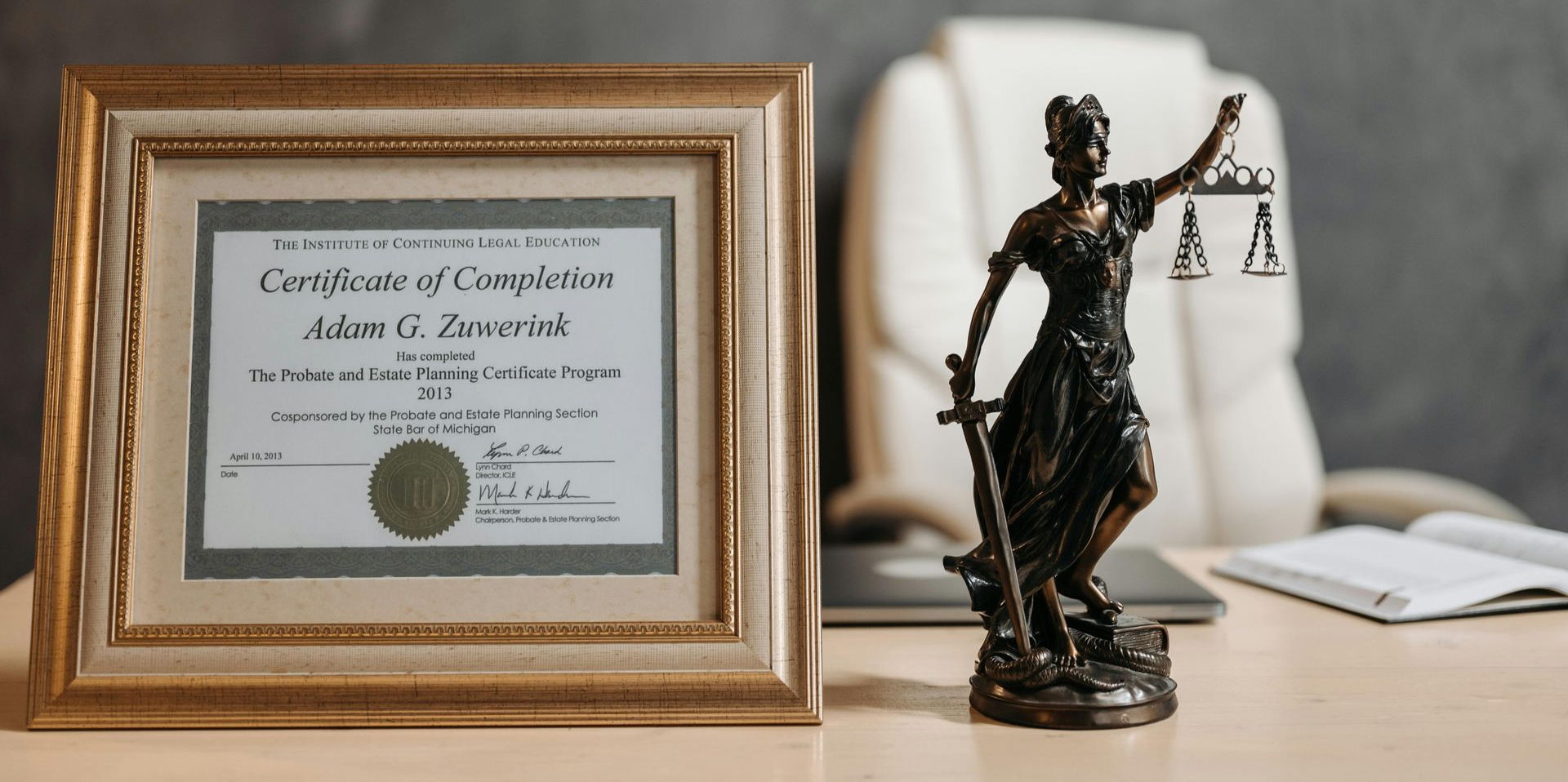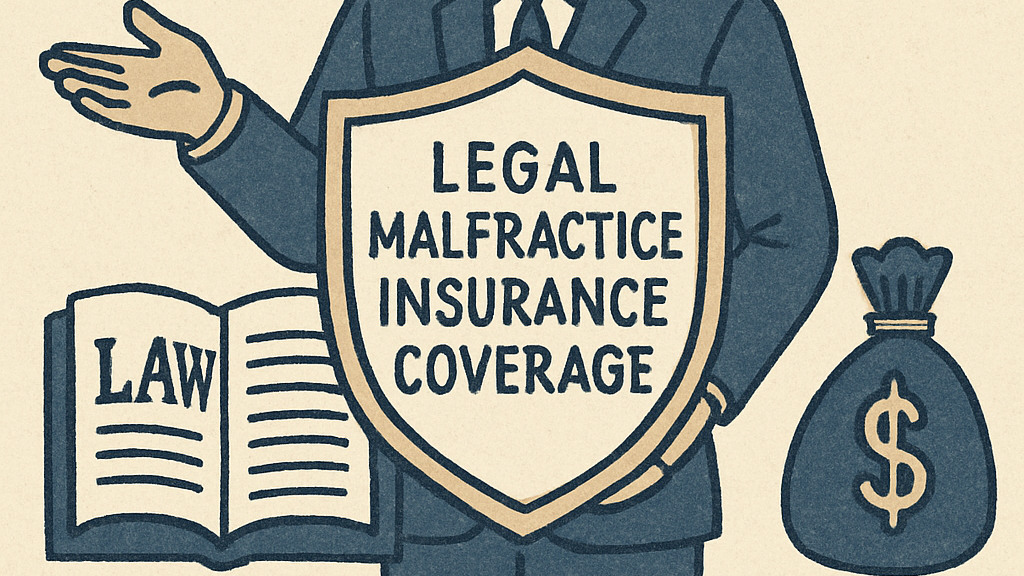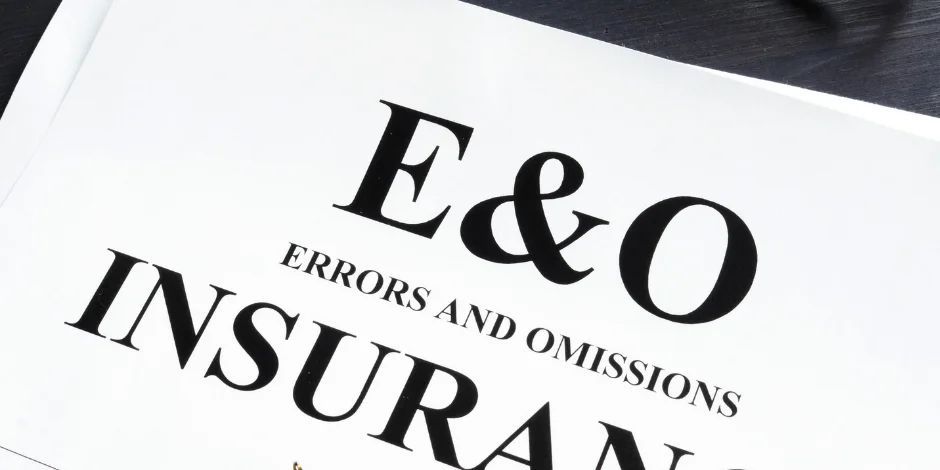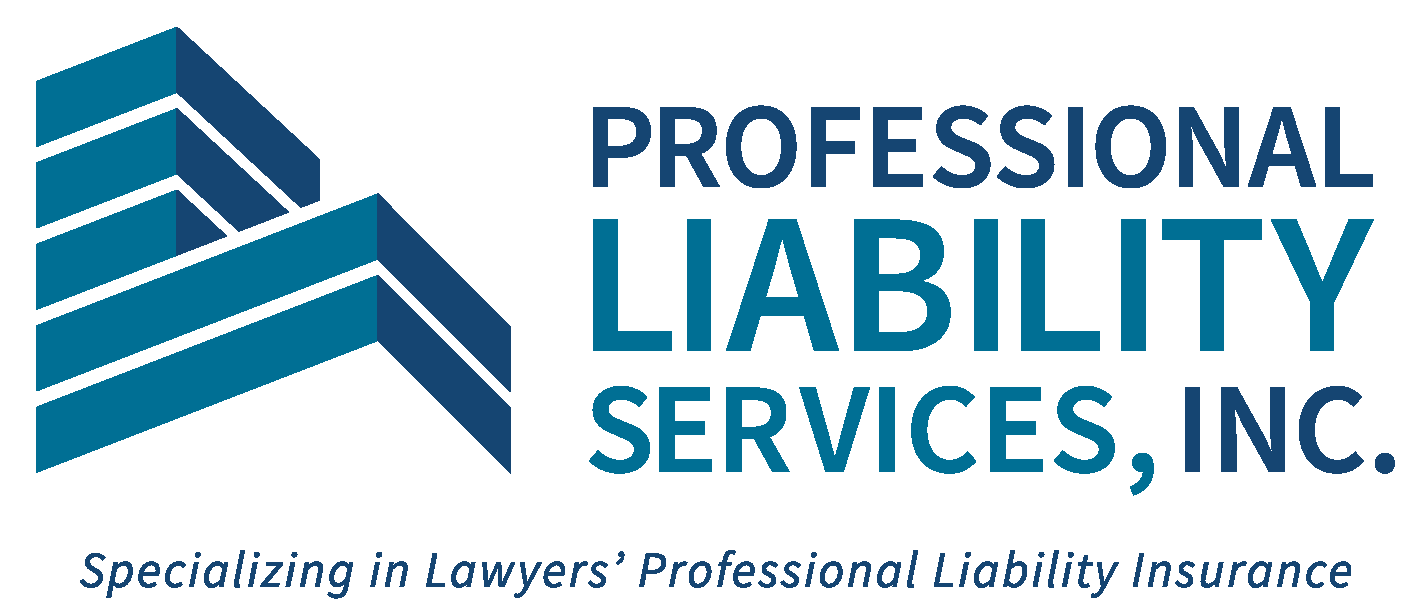What Kentucky lawyers need to know about coverage, limits, reporting rules, and claim pitfalls in 2025.
If you practice law in Kentucky, you already know the job blends judgment calls, moving deadlines, demanding clients, and unforgiving statutes. One missed date, one conflict you didn’t catch, or one poorly worded email can snowball into a claim. This guide explains how legal malpractice insurance works in Kentucky specifically—what’s required, what’s not, how policies actually respond, and smart ways to choose limits, cut risk, and keep premiums sensible. (References are listed at the end for easy copy/paste.)
1. Is malpractice insurance required in Kentucky?
Short answer: Not for every lawyer. Kentucky does not mandate that all attorneys carry legal malpractice insurance. However, Kentucky does require every active KBA member to report annually whether they are in private practice and, if so, whether they maintain professional liability limits of at least $100,000 per claim / $300,000 aggregate. The Bar also makes that insurance-status information publicly available. In addition, if your firm practices in a limited-liability form (LLP, PSC, LLC, etc.), the Kentucky Supreme Court rules require “adequate” insurance or specified financial security.
What this means in real life
- No universal carry mandate. You can technically practice without a policy—but you must certify your status to the KBA each year, promptly update the KBA if coverage lapses, and your status will be visible to the public. Kentucky Court of Justice
- Entity rules are different. Lawyers practicing through LLPs/LLCs/PSCs must maintain “adequate” E&O limits (defined by rule-of-thumb formulas and floors)
or post approved financial security (e.g., letter of credit/surety bond).
Kentucky Court of Justicelmick.com
2. Kentucky’s claim environment: key law every practitioner should know
One-year statute, with discovery rule. Legal malpractice claims in Kentucky are governed by KRS 413.245. A claim must be brought within one year of the malpractice “occurrence” or within one year of when the plaintiff knew or reasonably should have known of the injury (the “discovery rule”). Courts also recognize “continuous representation” concepts that can toll accrual in some circumstances. Bottom line: diary your file-closing and limitation risk carefully. Legislative Research Commissionlmick.com+1
“Case within a case.” To win a legal malpractice action here, plaintiffs must prove: (1) an attorney–client relationship; (2) breach of the standard of care; and (3) proximate cause and damages—i.e., that they would have done better in the underlying matter but for the lawyer’s error. Kentucky’s Supreme Court underscored this “suit within a suit” standard in Marrs v. Kelly, 95 S.W.3d 856 (Ky. 2003). legalmalpracticelawreview.lexblogplatformthree.comJustia Law
Criminal defense “exoneration rule.” A convicted criminal defendant cannot maintain a malpractice action against defense counsel unless the conviction has been overturned or otherwise set aside. Kentucky adopted this rule in Lawrence v. Bingham, Greenebaum, Doll, LLP (2018). Justia Law
Insurance-defense ethics wrinkle. Kentucky ethics opinions emphasize that the insured client—not the insurer—is the lawyer’s client. Keep independent professional judgment and confidentiality front and center in panel-counsel work. lmick.comKentucky Bar Association
3. What a Kentucky legal malpractice policy actually covers (and how)
Most lawyers’ professional liability policies are claims-made and reported. That means the policy that responds is the one in force when the claim is first made and reported—not the policy in force when you did the work. If you retire, change carriers, or go in-house, you’ll likely need tail coverage (an Extended Reporting Period endorsement) to keep protection for past work. Lawyers Mutual Insurance Companylmick.comAmerican Bar Association
Translator’s note for busy practitioners:
- Prior acts (retro) date. Check it. If your new policy’s retro date is recent, earlier work may be uncovered unless you buy “full prior acts.” Lawyers Mutual Insurance Company
- Tail (ERP). Extends the time you can report claims for work done before your policy ended; it doesn’t cover new work after expiration. Plan for tail if you retire, dissolve, or switch forms. lmick.comALPS Insurance
- Defense costs: inside vs. outside limits. Many LPL policies are “defense within limits” (aka eroding/burning) so fees and expenses reduce your indemnity limit. If you can, consider options with some defense outside limits (or hybrids with a defense-outside sublimit). American Bar AssociationALPS InsurancePearl Insurance
- Consent to settle & “hammer” clauses. If you refuse a reasonable settlement, a hammer clause can cap the carrier’s liability to the recommended amount and shift further costs to you. Read this provision closely and discuss with your broker. ALPS Insurance+1
Common built-ins and add-ons to look for
- Disciplinary defense and subpoena assistance sublimits (helpful with KBA inquiries and third-party subpoenas).
- Cyber/privacy and network security endorsements (covered elsewhere, but many LPL carriers now bundle options).
- Innocent insured protection (preserves coverage for non-culpable partners).
- Pre-claim assistance (early involvement can head off a formal claim).
(Exact features vary by carrier—see the ABA’s LPL directory and specific policy forms.) American Bar Association
4. How much insurance is “enough” for a Kentucky practice?
There’s no one-size answer, but Kentucky’s disclosure rule uses $100,000/$300,000 as a reportable threshold. Many firms choose higher limits—$250,000/$500,000, $500,000/$1M, or $1M/$1M+—as matters and fee bases grow. Consider: practice area severity (e.g., real estate, trusts & estates, PI, securities), the dollar value of matters, number of lawyers, and whether your policy’s defense costs erode limits. A good broker will model scenarios for you. Kentucky Court of Justice
Tip: If you practice through an LLP/LLC/PSC, confirm your limits (or financial security) meet the entity rule requirements. They scale with firm size and set floors (e.g., minimums like $250k/$500k and up), or allow approved financial alternatives. lmick.com
5. Shopping the Kentucky market: who writes these policies?
Kentucky has a healthy panel of carriers that write solo/small-firm LPL. The American Bar Association’s directory lists many insurers active in the state (ALPS, Attorney Protective, AXA XL, etc.). Independent brokers can also market your application to multiple carriers. Start early—renewals and carrier switches are the moments when prior-acts and tail decisions matter most. American Bar Association
6. Five Kentucky-specific risk management moves that lower claim odds (and often premiums)
- Engagement, non-engagement, and closing letters—religiously. They define scope, expectations, and when your duty ends (which affects limitations). Kentucky risk managers have hammered on this for decades—because it works. lmick.com
- Conflicts hygiene. Centralized conflict checks for lawyers, “of counsel,” staff, and laterals. Kentucky guidance stresses reciprocal systems and frequent updates. lmick.com
- Dual calendaring and deadline audits. Missed statutes and notice cutoffs drive claims. Use primary and backup systems and institutionalize “file-closing” ticklers tied to KRS 413.245 risk. lmick.com
- Client communication plans. Many claims start as customer-service problems. Document advice, next steps, and settlement authority in writing; Kentucky risk materials repeatedly note this as a top prevention tool. lmick.com
- Know your emergency and succession plan. The KBA provides “planning/assisting attorney” materials so your practice can be closed out properly if needed (and clients protected). Include the assisting-attorney disclosure in fee agreements. Kentucky Bar Association+1
7. Quick checklist before you bind (or renew) coverage
- Retro date: Matches your earliest continuous claims-made coverage? If not, price full prior acts. Lawyers Mutual Insurance Company
- Tail plan: What happens if you retire, merge, or switch carriers? Who pays, how long, and with what reporting window? American Bar Association
- Limits & deductible: Model one serious claim with “defense within limits.” Consider a higher limit or defense-outside option if available. American Bar Association
- Consent-to-settle: Do you have meaningful say, or a hard hammer? Any “soft hammer” compromise? ALPS Insurance
- Disciplinary/cyber/“pre-claim”: Useful sublimits you’ll actually use? (Especially for high-email, high-attachment practices.) American Bar Association
- KBA reporting: Calendar your September 1 certification; if a lapse occurs, notify the KBA within 30 days—remember it’s public info. Kentucky Court of Justice
- Entity compliance: If you’re an LLP/LLC/PSC, confirm you meet Kentucky’s “adequate insurance or financial coverage” rule. lmick.com
8. Why carrying a policy is still the smart move—even when you’re careful
Even careful lawyers get sued. The “case within a case” burden helps defendants, but it doesn’t stop claims from being filed (or defended). Kentucky’s
one-year limitations regime doesn’t eliminate exposure, and criminal-defense exoneration guards only a subset of claims. Malpractice insurance funds
defense counsel,
expert costs, and
indemnity, and gives you triage resources (early claim help, subpoena assistance, disciplinary defense) when you need them. For clients, visible coverage on the KBA site is a trust signal; for your practice, it’s stability.
Legislative Research CommissionJustia LawKentucky Court of Justice
9. Final word
Kentucky doesn’t force every lawyer to buy malpractice insurance—but it
does require transparent reporting and sets special rules when you practice through a limited-liability entity. If you haven’t reviewed your policy—or you’re going bare—now’s the time to revisit limits, check your retro date, line up tail options, and tighten your risk procedures. That way, the next “close call” stays a non-event.
References:
Kentucky Supreme Court Rule (SCR) 3.023 – Disclosure of Professional Liability Insurance (Order Amending SCR, 2022)
https://www.kycourts.gov/Courts/Supreme-Court/Supreme%20Court%20Orders/202211.pdf
SCR 3.024 – Requirements of Practicing Law in Limited Liability Entities (order excerpt)
https://www.kycourts.gov/Courts/Supreme-Court/Supreme%20Court%20Orders/19991.pdf
Lawyers Mutual of Kentucky – Supreme Court approves limited liability forms of practice (insurance/financial coverage requirements)
https://lmick.com/resources/subjects-a-z/item/supreme-court-approves-limited-liability-forms-of-practice-for-kentucky-lawyers
(archival PDF summary of limits/financial alternatives)
https://lmick.com/component/zoo/?element=cf99848a-40b1-40f9-ab59-7e2b352ae854&format=raw&item_id=735&method=download&task=callelement
KRS 413.245 – Actions arising out of rendering/failure to render professional services (1-year statute; discovery rule)
https://apps.legislature.ky.gov/law/statutes/statute.aspx?id=17884
LMICK Risk Manager articles on Kentucky’s statute/discovery/continuous representation
https://lmick.com/resources/subjects-by-year/item/kentucky-statute-of-limitations-for-professional-services-claims
https://lmick.com/_resources/documents/bench_and_bar/1994_bench_and_bar_fall.pdf
Marrs v. Kelly, 95 S.W.3d 856 (Ky. 2003) – “case within a case”
https://legalmalpracticelawreview.lexblogplatformthree.com/wp-content/uploads/sites/271/2012/12/14-95-S_W_3d-856-Marrs-v-Kelly.pdf
Lawrence v. Bingham, Greenebaum, Doll, LLP, 2017-SC-000531-DG (Ky. 2018) – Exoneration rule
https://law.justia.com/cases/kentucky/supreme-court/2018/2017-sc-000531-dg.html
KBA Ethics – Insured is the client (not the insurer)
https://lmick.com/resources/subjects-a-z/item/insurance-defense-in-kentucky-the-insured-is-your-client-not-the-insurer
KBA Formal Ethics Opinions (index)
https://kybar.org/For-Members/Rules-Ethics-Information/Ethics-Opinions
Claims-made, prior acts, and tail coverage (LMICK FAQ; ABA overview; ALPS)
https://lmick.com/what-we-do/faqs
https://www.americanbar.org/groups/lawyers_professional_liability/resources/extended_reporting_coverage/
https://www.alpsinsurance.com/blog/understanding-tail-coverage
Defense-within-limits & consent-to-settle (hammer clause) explainers
https://www.americanbar.org/content/aba-cms-dotorg/en/groups/tort_trial_insurance_practice/resources/brief/archive/eroding-limits-policies-one-bad-case-away-disaster/
https://www.alpsinsurance.com/resources/glossary/defense-costs
https://www.alpsinsurance.com/blog/the-basics-of-buying-malpractice-insurance
https://pearlinsurance.com/insureds-consent-to-settle-types-of-hammer-clauses/
ABA Lawyers’ Professional Liability Insurance Directory (carriers in Kentucky)
https://www.americanbar.org/groups/lawyers_professional_liability/resources/lpl-insurance-directory/kentucky/
KBA succession/assisting-attorney planning resources
https://kybar.org/For-Members/Closed-and-Abandoned-Practices/Planning-Attorney-Materials
https://kybar.org/For-Members/Closed-and-Abandoned-Practices/Assisting-Attorney-Materials
LMICK risk-management resources (checklists, engagement letters, etc.)
https://lmick.com/resources/subjects-a-z











